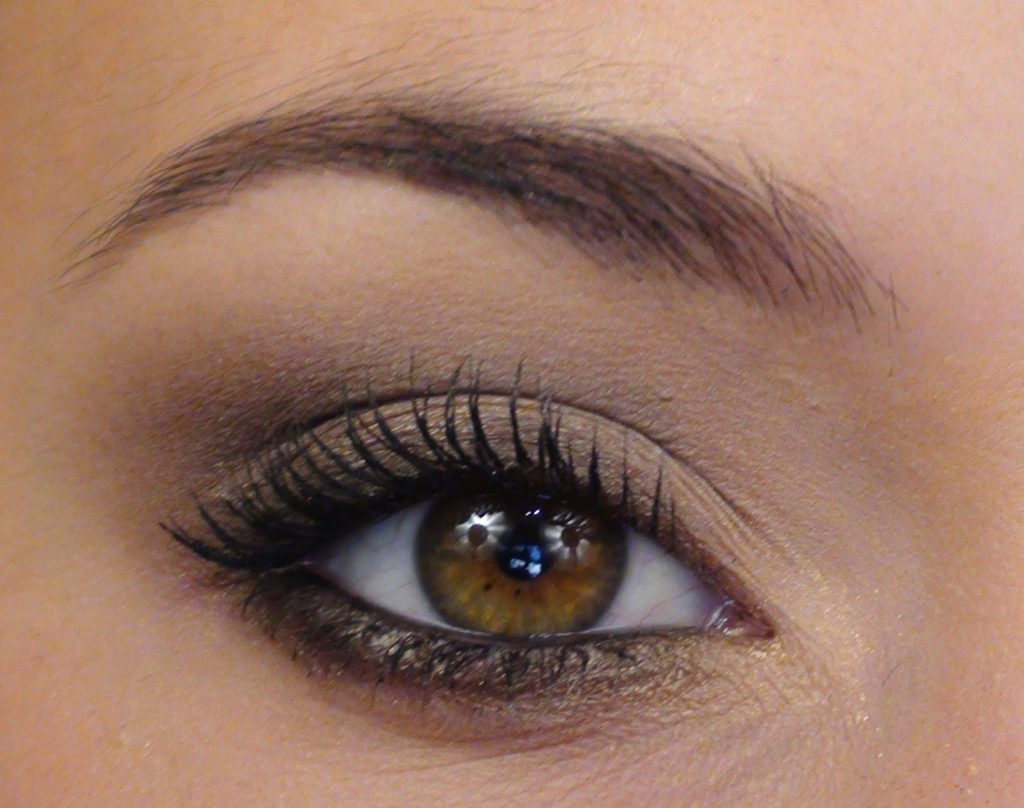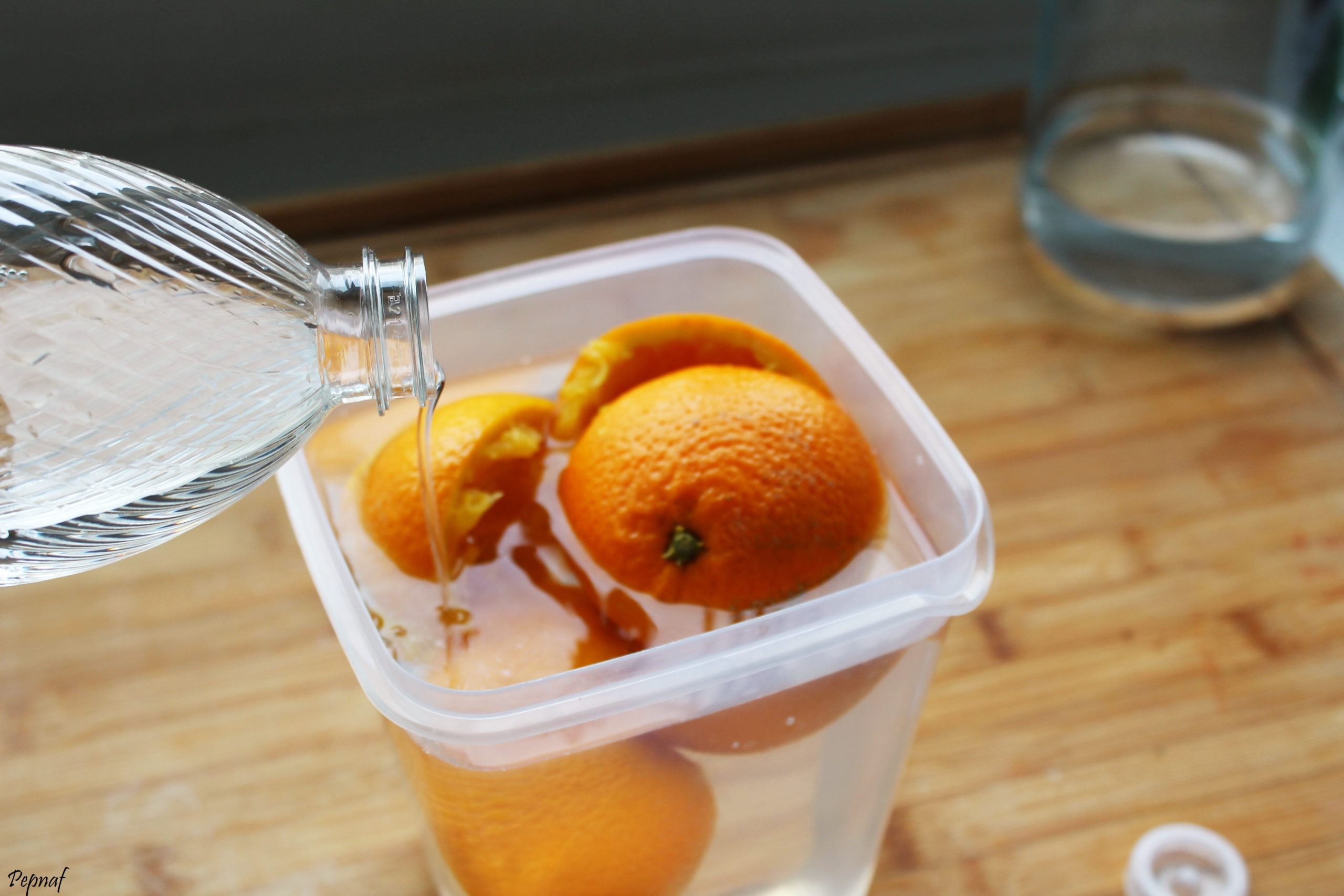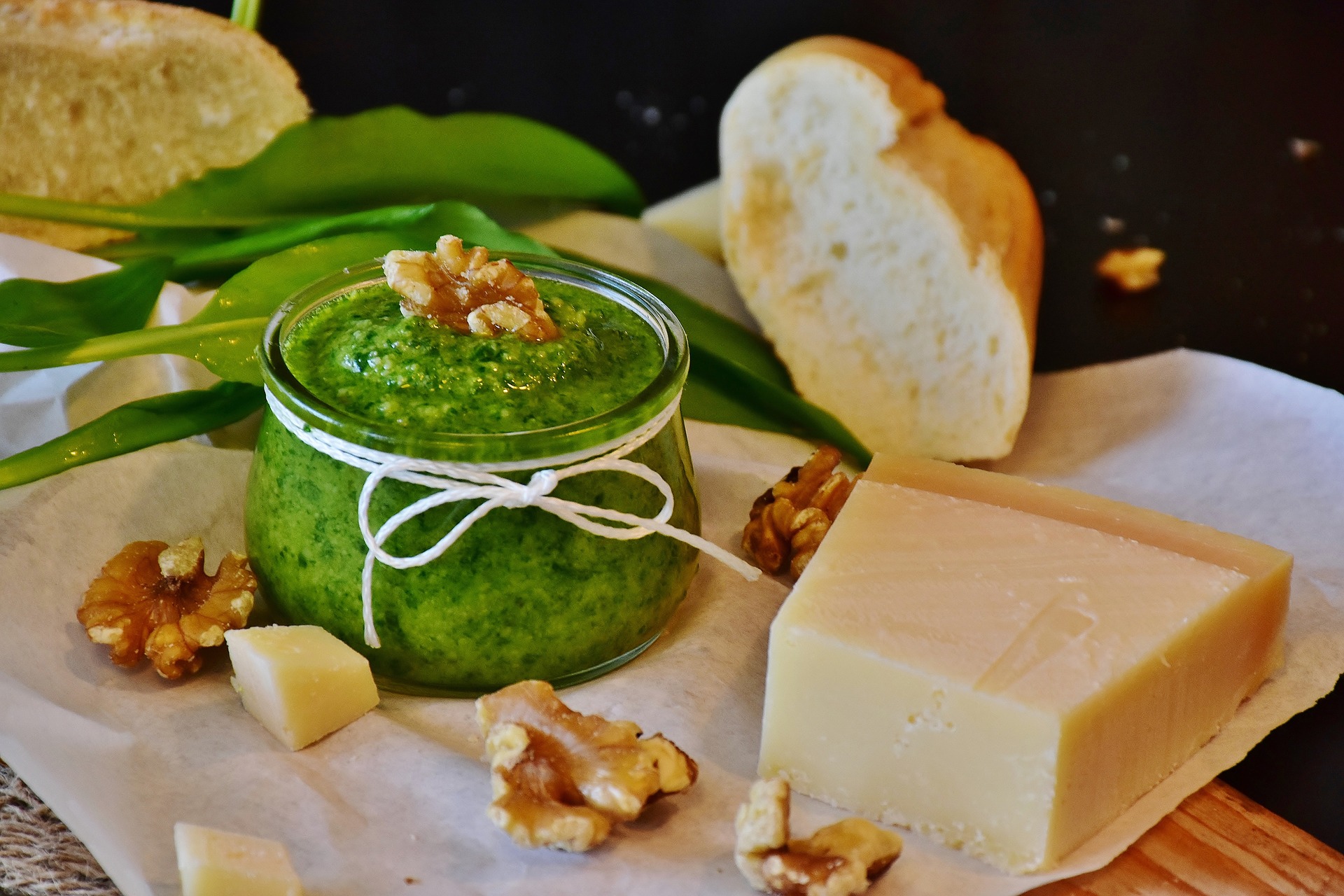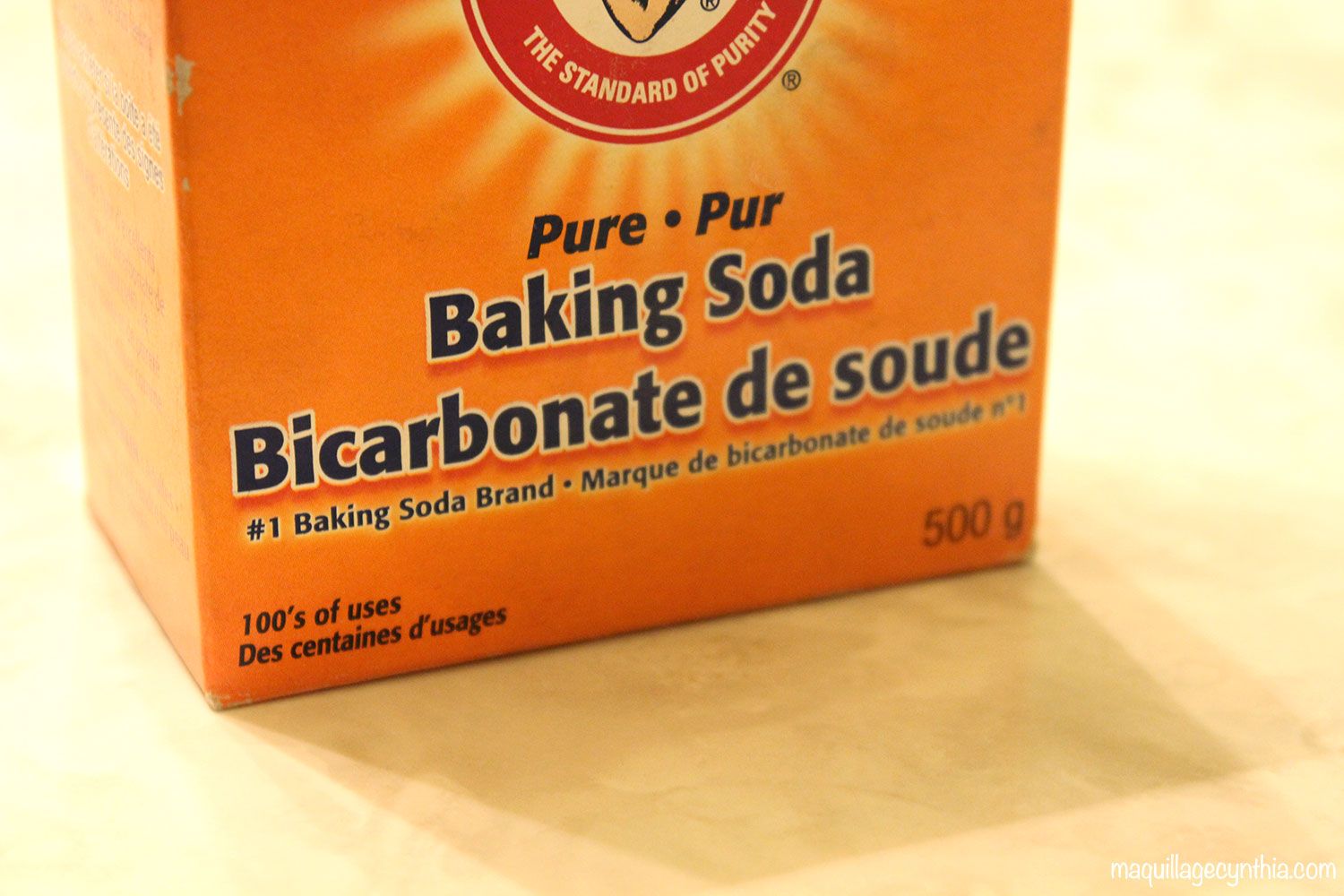How To Make A Beach Plaster Handprint (And Keep A Great Memory!).
My family and I always leave with a beautiful memory of the beach!
It can be a little sand, a few seashells or beautiful pebbles worn by the waves ...
Any of these items make a lovely keepsake for children.
Do you also like vacation memories? So how about doing a plaster handprint at the beach?
Nothing more moving than to find the tiny size of your child's hand the first time he saw the sea!
To make a plaster handprint at the beach, nothing could be simpler!
All you need is casting or Paris plaster. Look :
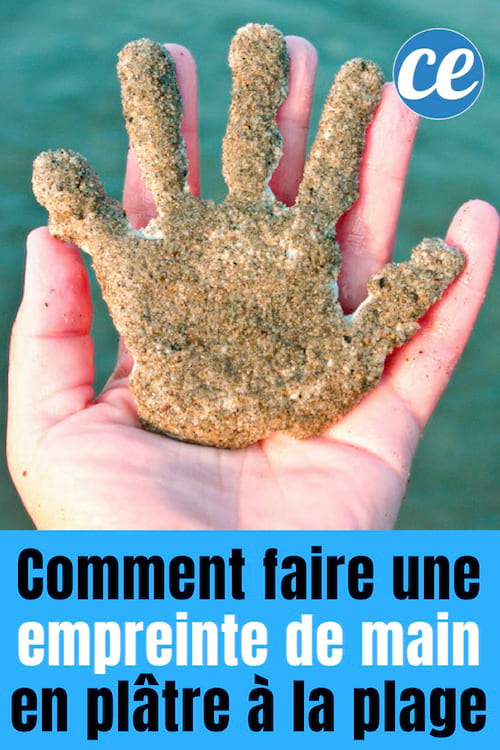
This plaster adapts very well to a sand mold that you can make directly on the beach.
And it mixes just as well with seawater as it does with tap water.
So it's ideal for making a handprint in the sand that you can take home.
In addition, a thin film of sand remains stuck to the plaster, just enough to remember your stay by the sea.
And it will certainly amuse (and occupy) your children! And it will cost you next to nothing.
What you need
- plaster of Paris: 200 g of plaster is enough to make 4 prints of the hand of a young child, 2 prints of the foot of a young child, the prints of an adult and a child, or just the imprint of an adult.
- resealable freezer bag: use an old Ziploc type bag that you are about to throw away.
- measuring glass
- bucket
How to do
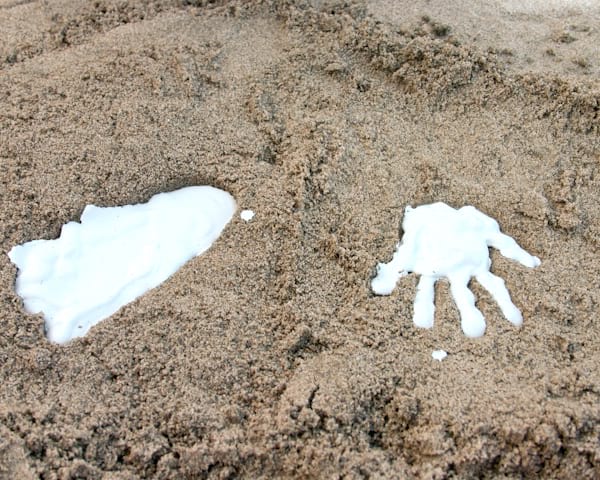
1. Before heading to the beach, measure out the necessary amount of plaster and put it in the freezer bag.
2. When you get your things ready for the beach, bring the plaster bag, the measuring cup to add seawater and a bucket that you can fill with water.
3. At the beach, find a spot where the sand is slightly damp like the one just below the tide line.
4. Firmly press your hand or foot into the sand. After a few seconds, lift the foot or hand vertically so as not to damage the impression. The goal is to have a relatively deep impression to avoid having a too thin mold in the end.
5. Now go get some seawater in your bucket and take the amount needed to make the plaster.
6. Pour the right amount of water into the bag and close it with the zip.
7. Knead and shake the plastic bag until the plaster is completely mixed.
8. Tear off a corner of the plastic bag to make an opening.
9. Then pour the plaster into the sand to fill in the indentations you just made in the sand.
10. Check the instructions on the plaster packet to find out how long you should wait before unmolding your impression.
11. Lift the impression very gently to release it from the sand and quickly rinse it in the sea.
Results
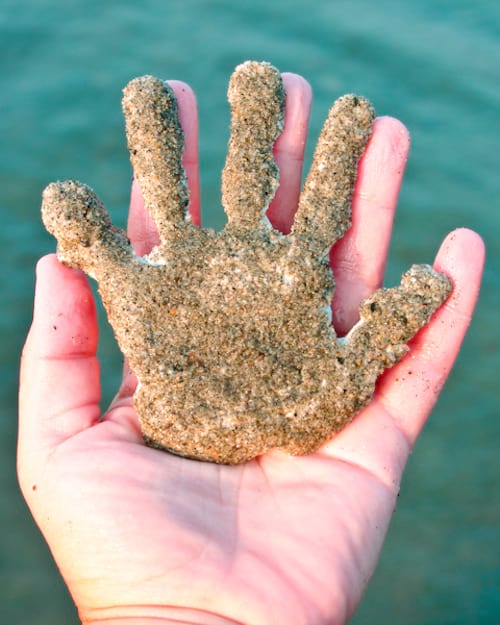
There you go, your plaster handprint is already done :-)
The whole family will love this beach souvenir!
In addition, it makes a nice gift to give to grandparents when they come home!
It's still more original than buying a poor quality souvenir, made in China, isn't it?
And it's also much more economical!
Additional advice
- In order not to be mistaken about the quantity of plaster to take away, read the instructions on the packaging. Usually the ratio is 1 part water to 1.5 parts plaster.
- So as not to reverse the proportions of water and plaster, I write on a piece of paper the amount of water I need.
- To make the impression, preferably choose a place where the sand is wet because this will better print the shape of the hand or the foot. This will make the mold clearer and cleaner.
- If your child has trouble making a deep imprint in wet sand, bring him back to dry sand to make it easier.
- For the imprint to be deep enough, it will surely be necessary to press gently but firmly on the child's foot or hand, to help him make a deeper imprint than he needs. force to do by itself. Especially if it's a baby!
- Obviously, you don't have to make a footprint or a handprint. You can also dig and draw in the sand to make a mold with an artistic shape.
- The advantage of the plastic bag is that it is even easier than mixing the plaster in a bowl. Plus, you can easily feel if there are any pieces of plaster left to mix in the bag.
Check the instructions on the plaster packet to find out how long you should wait before unmolding your impression.
- Be careful, depending on the temperature of the sand, you may have to wait a little longer than what is indicated, for the plaster to harden.
Your turn...
Have you tried taking a plaster footprint or handprint on the beach? Let us know in the comments if it worked for you. We can't wait to hear from you!
Do you like this trick ? Share it with your friends on Facebook.
Also to discover:
20 Great Beach Tips to Make the Most of the Holidays!
+150 Great Activities To Keep Your Children Occupied During The Holidays WITHOUT A RUINOUS.

